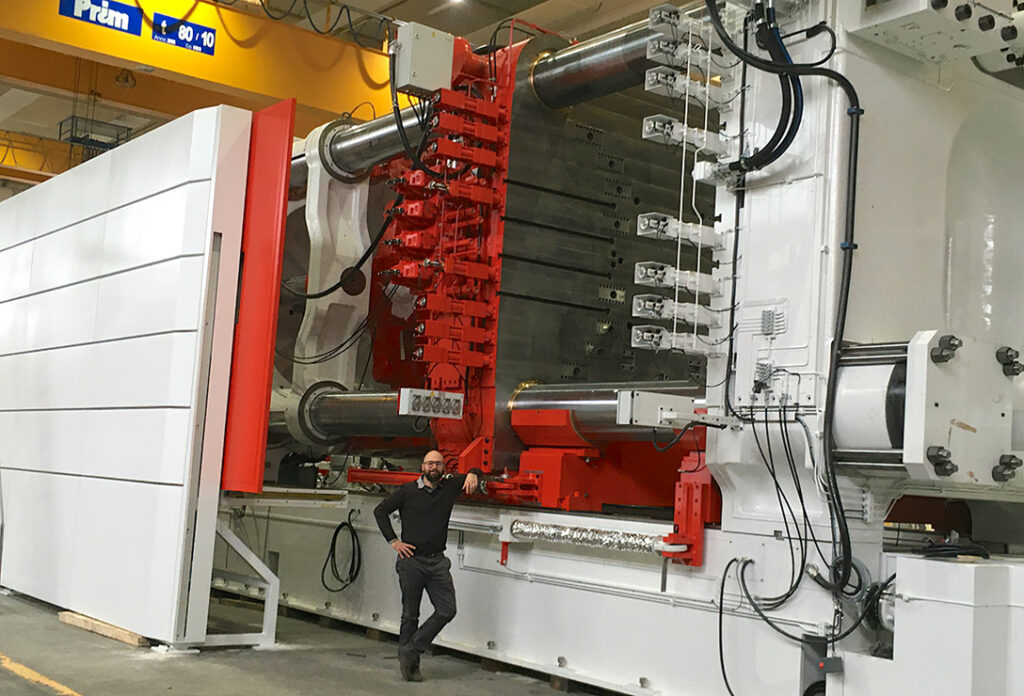Tesla cars to use structural cells

Electric car maker Tesla is to use a new form factor for its battery cells that will form part of the structure of its vehicles (writes Nick Flaherty).
The company is also using a new material, silicon powder, and a new roll-to-roll manufacturing process to build the cells.
In the current 2170 cell, which is 21 mm in diameter and 70 mm long, the roll of electrodes and electrolyte is more than 1 m long.
“46 mm is the sweet spot [for the diameter] but there are problems when you make larger cells, especially as regards thermal effects,” said Drew Baglino, head of powertrain and energy engineering at Tesla.
“We therefore took the existing foils and laser-patterned them to make a tabless cell. That gives a 50 mm versus 200 mm electrical path length, which gives thermal benefits.”
This has led to a 4680-format cell that measures 46 mm in diameter and 80 mm long. The combination of the larger size with material and process changes detailed in the battery materials Focus on page 30 gives five times the energy, 16% more range, six times higher power and 14% lower cost, said Tesla, although it declined to give actual figures.
The 4680 cells will have a steel casing and will be used as part of the structure of future vehicle designs rather than as a separate battery pack. These vehicle designs rely on a ‘gigapress’ that currently presses out the front and back of the Model Y in two sections to assemble the chassis.
The chassis is made from Tesla’s custom aluminium alloy, which interfaces with the structural battery and does not require coating or heat treatments.
The batteries will form part of the floor of a vehicle, with the cooling designed into the aluminium structure to remove the heat.
ONLINE PARTNERS





















